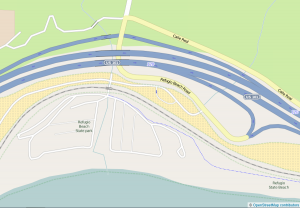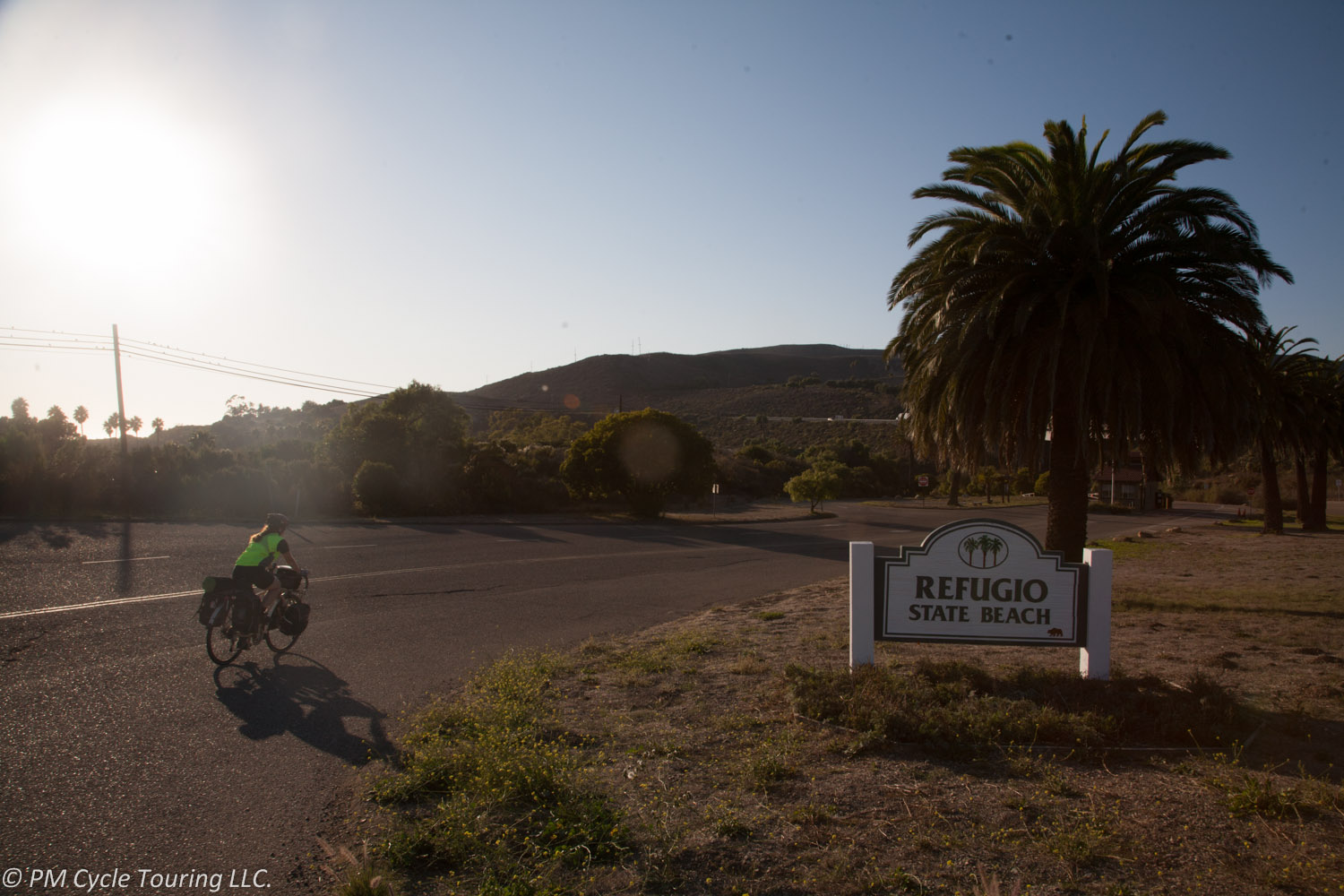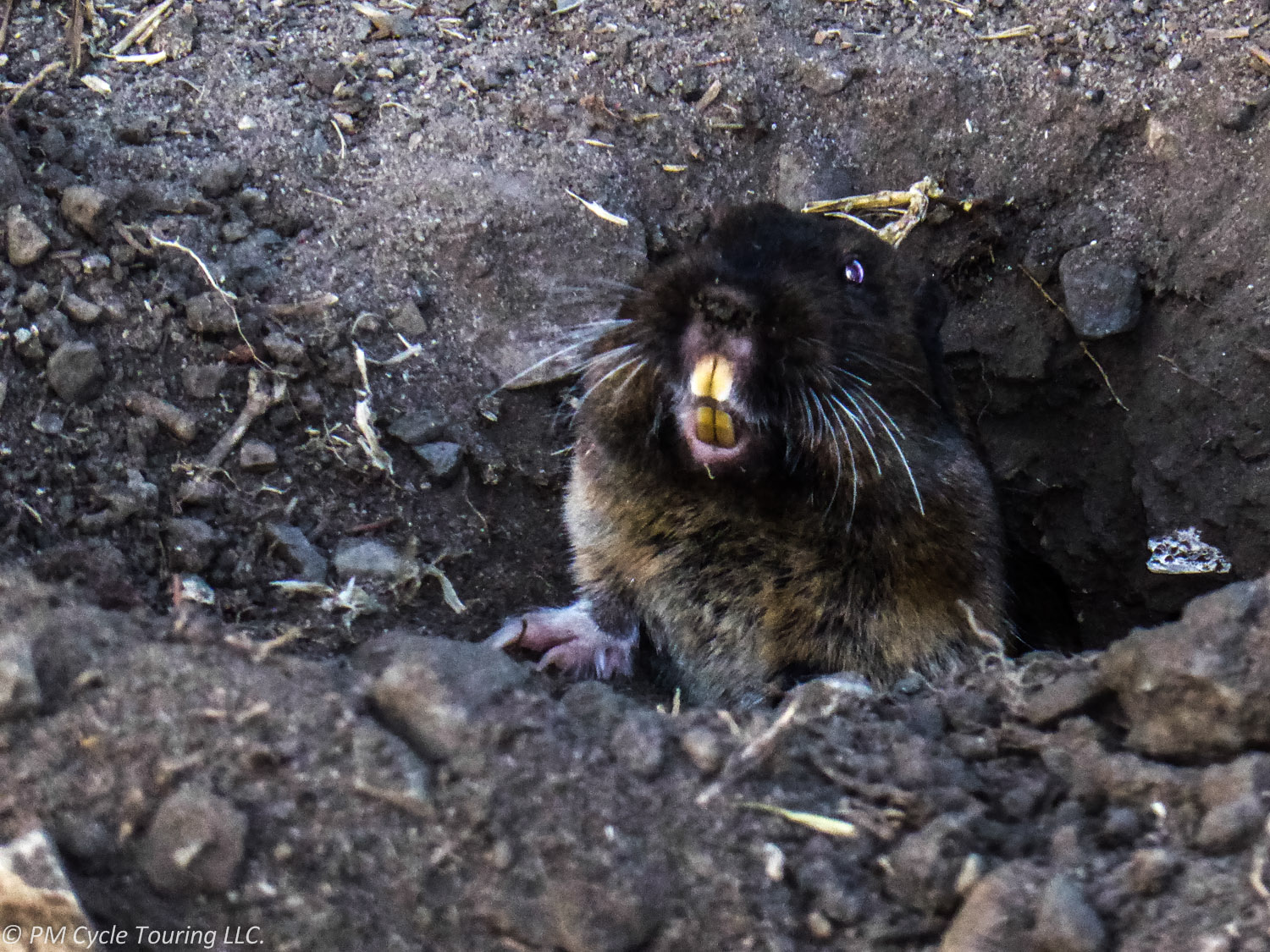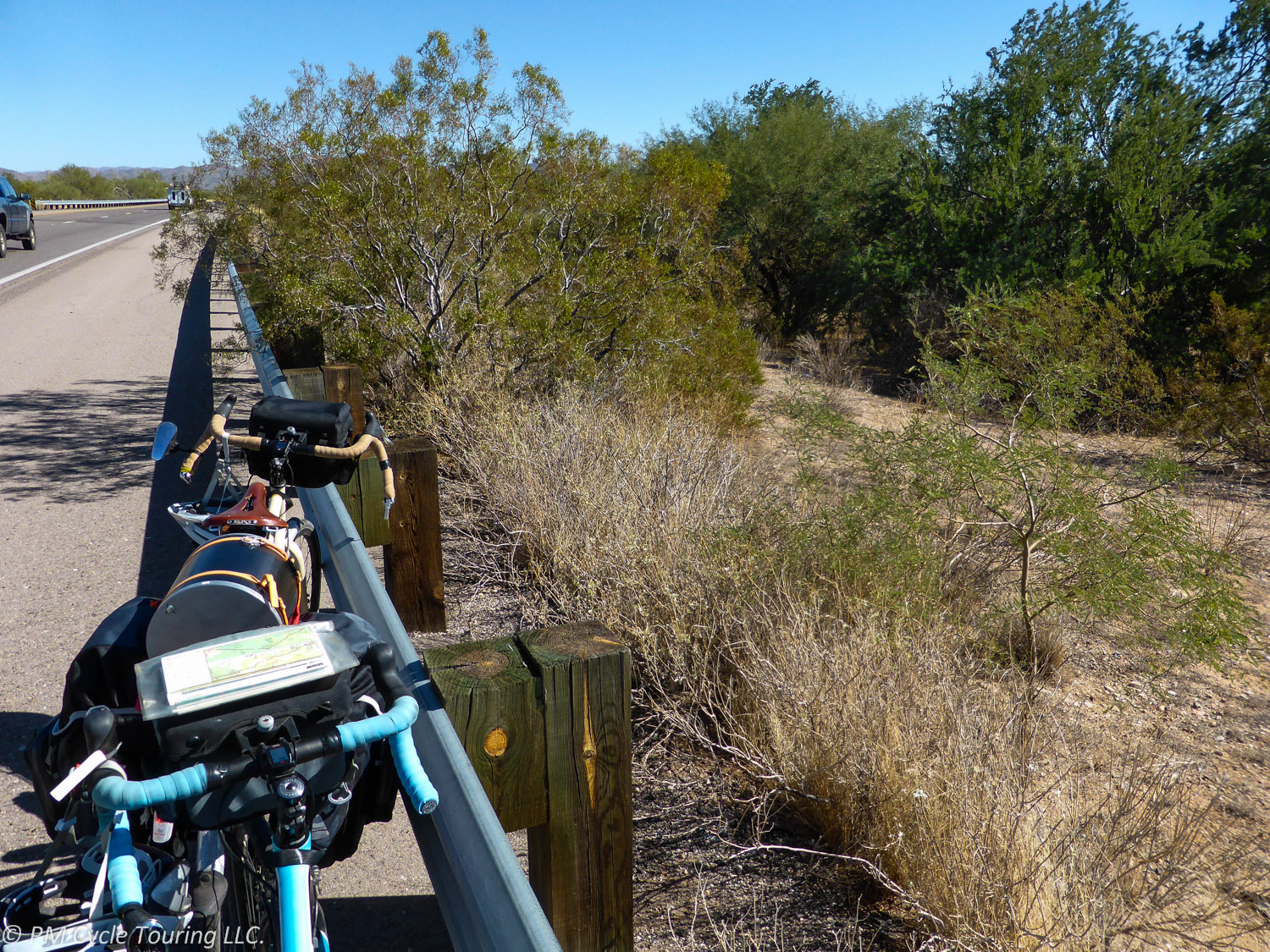The Hiker/Biker (HB) site in Refugio State Beach is one of our favorite HB sites in the United States and is better than the nearby El Capitan State Beach sites. This site has it all, bathrooms, views, nice camping surfaces, and the sound of the waves crashing. However this campground is rather remote, there are no stores or food once you get out of Lompoc if heading southbound or Goleta if heading northbound. Plan accordingly.
Cost: $10 per person per night.
Getting To Refugio: Coming from the North or South on US101 take exit #120 Refugio Rd. Turn towards the ocean and follow the signs to the entrance to Refugio State Beach. If manned the ranger station will take your payment, otherwise immediately past the ranger station is an automated payment station.
HB Site: After entering the park take the first left and first right. Follow the loop around towards the beach and the HB sites will be on the left side of the road near the playground. The site consists of mostly flat grassy areas with some trees with a standard wooden bench.
Amenities: Bathrooms including warm showers (tokens required) are in sight of the HB sites. The beach is across the road, positon your tent right and you will get to see the sunset over the beach. There is a small camp store open on the weekends with extremely limited supplies; no grocery stores are within a 10 mile radius.
Off Bike Activities: Number one on this list is the beach. Be aware that natural tar deposits are present and walking on the sand will likely result in tar spots on the shoes/feet. However you can walk a reasonable distance enjoying the little caves and coves; the coast here is beautiful and worth exploring. Check the tide tables for high tide, and stay away from the crumbling bluffs.
There is a bike path heading east from Refugio toward El Capitan State Beach. The path used to extend all the way to El Capitan, however sections of it have been closed due to storm damage, so it is no longer possible to travel the entire way. Still, the bluff-top path gives amazing views of the ocean, and is worth a little hike or bike.
 The bottom line is: you’ll have a great stay at Refugio State Beach.
The bottom line is: you’ll have a great stay at Refugio State Beach.


